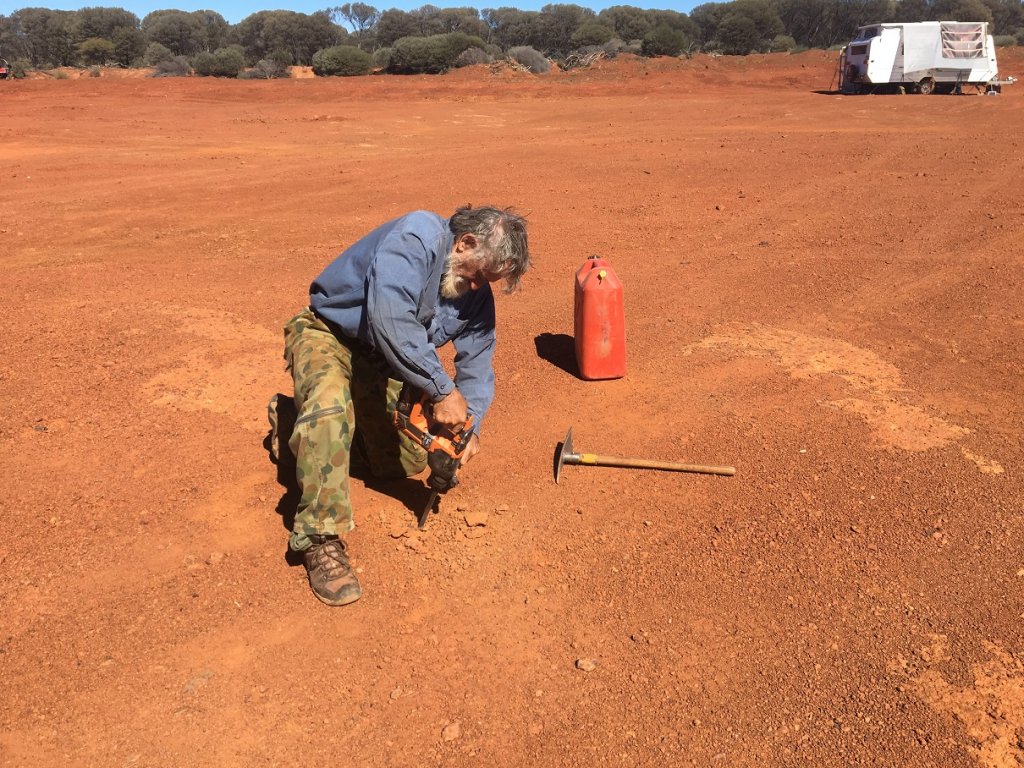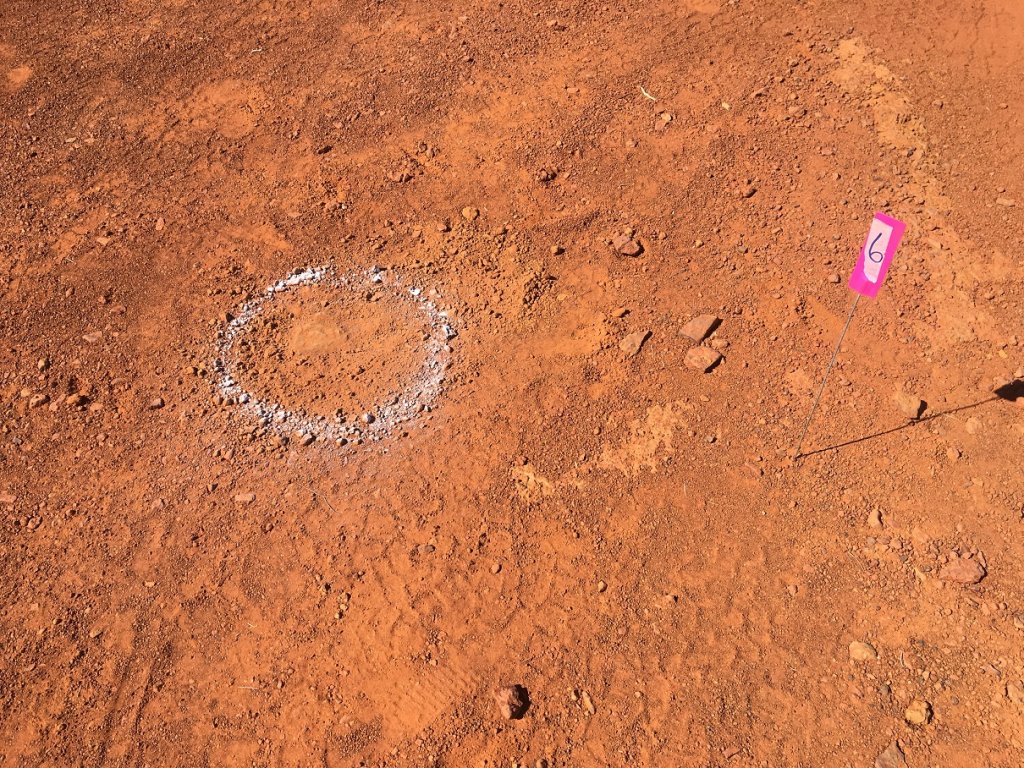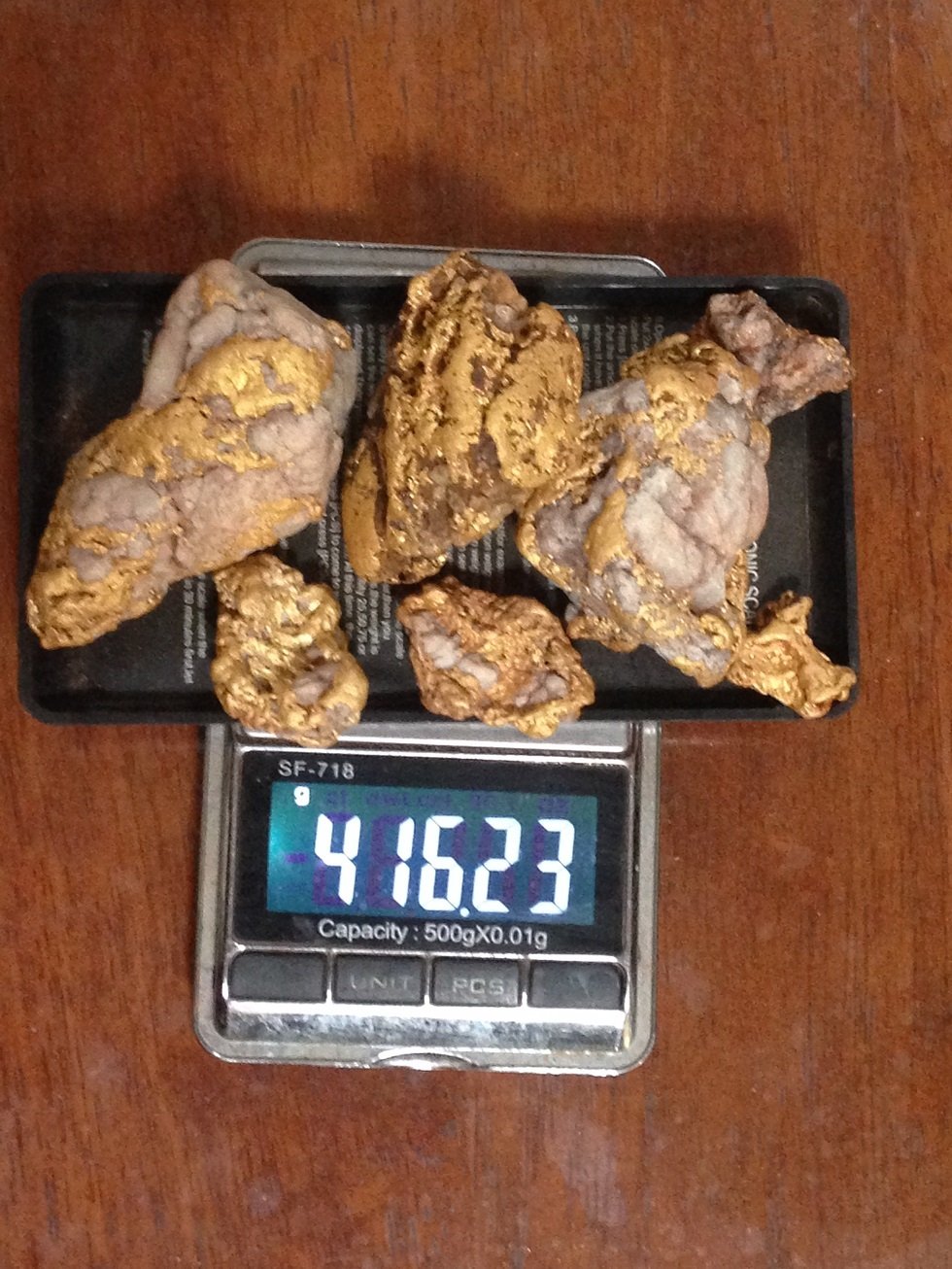- Joined
- Aug 13, 2018
- Messages
- 2,060
- Reaction score
- 4,349
Moneybox said:Deepseeker said:I can't wait to see the results of whichever method/target type you use Nenad. I know the 5000 with the NF 25-DDX coil will ping an ounce of round lead deeper than a Z with a 14" coil on it in Normal, but I've never seen a comparison with the Z with the 19" coil or a large aftermarket coil on it. Having said that, a hackly piece of the same weight may prove the Z far superior?
I guess there's always the nagging questions in my mind too about how do you compare something that only has a Normal/Difficult choice of settings, to something like the 5000 that could be using Normal/Sharp, and a multitude of other tweaks as well? My ultimate dream-test comparison though on large deep targets, would be between the 5000 running an 80cm Detech concentric, and a Z running its deepest possible coil and settings combination. I'm thinking about springing for a Detech 80cm concentric for the 5000, but if something could convince me that the Z was capable of more, I would seriously consider a Z instead. Mrs D and I are fortunate enough to have just purchased a small part of the old Berlin Flat goldfield. A flat, deep part where a couple of biggies were found back in the 1800's, and my fetish with big and deep is burning more than ever. I just want to ping one ridiculously huge one before I kick the bucket, and if I have to dig my own deep grave to find it then so be it :goldnugget: :inlove:
Any controlled comparisons would be great to see :Y:
Deepseeker, I'm convinced that if you want to seek out larger nuggets stick with your 5000. We're not very social out there in the goldfields or anywhere else for that matter but we do meet quite a few people and occasionally share campsites with other prospectors. I've been watching closely since the GPZ7000 turned up and without doubt we consistently bring home more deep larger nuggets with the GPX4500 than anybody else we've come across swinging a 7000 in the same conditions.
Thanks Moneybox, that is very comforting to hear. And, Goldtalk Leonora I think Phasetech's heading sums it up, basically it's just about the best way to go about a maximum depth test with different coils and detectors, his biggest requests being for comparisons on large deep targets.
I know depth isn't everything, and I do remember J.P once making a comment about not understanding people's fascination with depth. I do get that- there are of course far more small nuggets in most goldfields than there are large ones, and indeed even though I've never detected in WA, from what I've read on here and other forums it does seem that most gold is found relatively shallow there. But some goldfields, like around Rheola in Vic for example, there mostly aren't any "patches" or "runs" to follow, and panning won't reveal much to you either. Sure, nobody with a handheld metal detector is going to ping the 9 foot deep ones that historically seem to have been a rather common depth for seriously big finds around that area, but there were also plenty found at shallower depths that by metal detector standards in general is still very deep.







